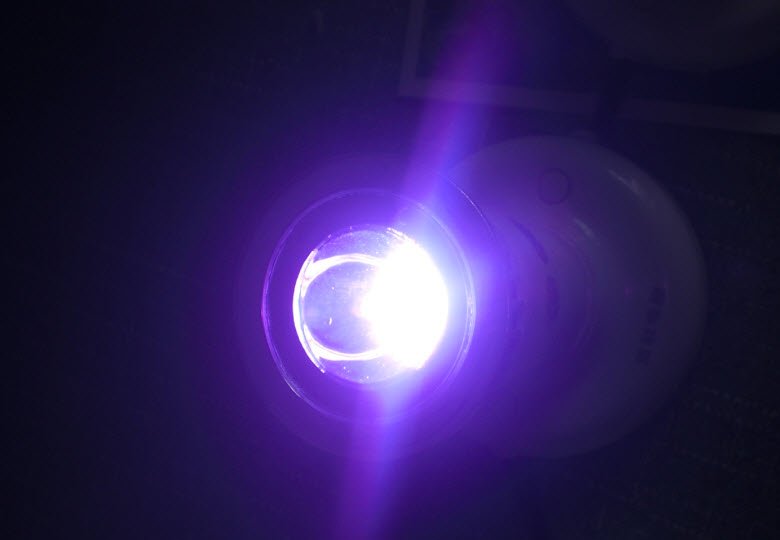As an emerging technology, semiconductor lighting industry is still in a stage of rapid development, scientific and technological progress we are delighted, but we also realize that both the technical aspects or the rules and regulations of the industry, compared with conventional light sources are not mature, not a sound. To really achieve with LED instead of traditional light sources, there is still a long way to go, there are many technical problems need to be addressed.

3, LED technical problems
In theory LED luminous efficacy of up to 200lm / W, while the existing white LED only 70lm / W or so, and energy-saving fluorescent lamps still lags far behind; and its price compared with conventional light sources, there are big disadvantages (see right).
And therefore how quickly the advantages of the LED lights really play out has become practitioners must face technical problems. To really carve out a new semiconductor lighting era, we need to efforts to overcome technical problems as well as from the following aspects to further standardize the semiconductor lighting market.
3.1, the LED chip
The chip is the core of the LED, the internal quantum efficiency of direct influence on the luminous efficacy of LED, non-radiative recombination rate determines the size of the chip heat production. It can be said that the only manufacture LED chips with good quality, it may have a superior performance of the LED light source.
In order to maximize the internal quantum efficiency, and reduce non-radiative recombination rate, mainly from two aspects to improve the quality of silicon, is to choose the chip structure and defect density of the control chip.
LED chip structure of a single heterostructure, double heterostructure and quantum well structure, its luminous efficiency has great impact. Currently the most widely used and most efficient chip architecture for multi-quantum well structure (Multi-Quantum Well Structure,).
For the LED, the wafer and the substrate lattice constant and thermal expansion coefficient matching, wafer preparation process will directly affect the density of lattice defects. These defects may, under certain conditions, especially for Ⅲ – nitrogen light may be beneficial, but in most cases, because of the presence of these defects, will shorten the continuous working life of the chip, reducing the carrier density and thus reduce the light-emitting output, and may become non-radiative recombination centers.
How to choose a reasonable chip structure, understanding of lattice defects in the light-emitting LED chip mechanism to better control the generation of adverse defects.
